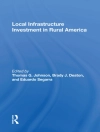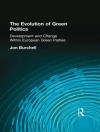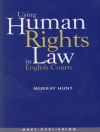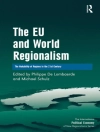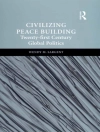How inclusive are NATO and the EU? The enlargement of both organisations seems to give some substance to the vision of a ‘Europe whole and free’ articulated at the Cold War’s end. Yet more recently enlargement’s limits have increasingly come to be recognised bringing with it an important debate on the balance to be struck between inclusion and exclusion.
This book examines that sometimes awkward balance. Its analytical starting point is the characterisation of much of Europe as a security community overlain by a system of security governance. The boundary of this system is neither clear nor fixed but a dynamic of inclusion and exclusion can be said to exist by reference to its most concrete expression – that of institutional enlargement. On this basis, the book offers an elaboration of the concept of security governance itself, complemented by a historical survey of the Cold War and its end, the post-Cold War development of NATO and the EU, and case studies of two important ‘excluded’ states – Russia and Turkey.
表中的内容
1. European security and the inclusion/exclusion dynamic
2. Inclusion, exclusion and the international politics of the Cold War
3. Security community and security governance: a framework of inclusion and exclusion
4. NATO: ‘a just and lasting peaceful order in Europe’
5. The European Union: ‘overcoming the divisions of Europe and restoring the unity of the continent’
6.Russia: ‘included out’
7.Turkey: ‘neither in nor out’
8. Conclusion
关于作者
Thomas Christiansen is Lecturer at the European Institute of Public Administration in Maastricht


